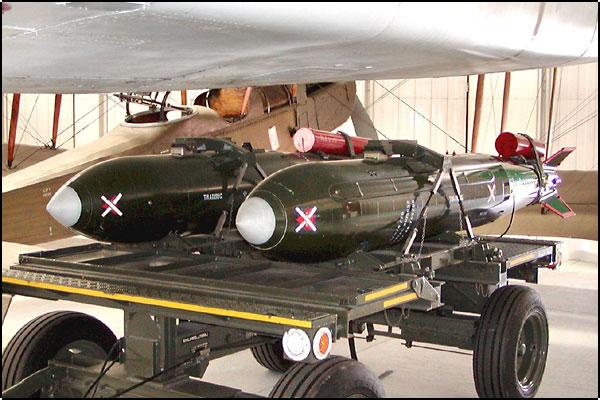|
Functions with Internet Explorer, but not tested in other browsers. Coming soon is a further section on the complex logistics for the naval WE.177A weapon. |
Published material on nuclear weapons has been bedevilled by secrecy, disinformation and in the absence of hard evidence, misplaced speculation. Material included here is supported by hard evidence from archived official sources. Material that cannot be backed by hard evidence will be identifiable as opinion or speculation. This site is not intended as an account of delivery systems, aircraft, missiles, submarines etc. Readers seeking that information should look elsewhere, although some nuclear weapons projects were so closely identified with specific delivery vehicles that they cannot properly be considered in isolation. There will be numerous entries for American weapons and projects, it being impossible to catalogue British projects without reference to the material and information provided to the British under the various Anglo-US treaties. After 1958 almost all British projects were influenced by these data-sharing agreements, and almost all British projects incorporated US technology to varying degrees. Many Royal Air Force aircraft were adapted to carry US-supplied and owned weapons, and the British Army in Germany was also equipped to use US-owned nuclear weapons supplied from NATO stocks. All will be included here. The format is alphabetical, an A-Z of projects. A chronological format results in a confusing jumble of entries that often overlap in time. An attempt at a timeline will possibly be added later. |


|
|
|
|
